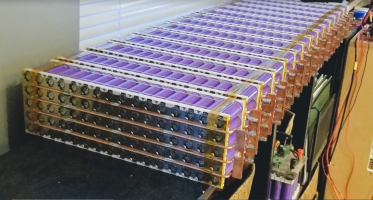IAMJAMESMANNION
Member
- Joined
- Oct 21, 2017
- Messages
- 51
Hello everyone
So I been away for few years as life plans changed and now I'm back. I don't have land to build a house which was the OG plan but instead I am currently renovating a town house. One day I will find that land haha
I have a load of cells that I've collected from many dell laptops, mix manly of Samsung and LG with the odd Panasonics thrown in ready to make my very own DIY Power wall. I like to do things so they look factory made, I wish I didn't but I do haha so looking for advice and direction to making my packs.
So first any advice on the battery pack layout i.e. 1S60P vs 4S40P (remember this is for example) is there a advantage / disadvantage to a particular layout when using solar and wind turbine? or is it the charge controller that plays a key part to battery layout or is it down to personal preference haha?
I am honestly so rusty on this as I think it was around 2017 to 2018 I was last looking to start this!
Thanks for your patience haha!
James
So I been away for few years as life plans changed and now I'm back. I don't have land to build a house which was the OG plan but instead I am currently renovating a town house. One day I will find that land haha
I have a load of cells that I've collected from many dell laptops, mix manly of Samsung and LG with the odd Panasonics thrown in ready to make my very own DIY Power wall. I like to do things so they look factory made, I wish I didn't but I do haha so looking for advice and direction to making my packs.
So first any advice on the battery pack layout i.e. 1S60P vs 4S40P (remember this is for example) is there a advantage / disadvantage to a particular layout when using solar and wind turbine? or is it the charge controller that plays a key part to battery layout or is it down to personal preference haha?
I am honestly so rusty on this as I think it was around 2017 to 2018 I was last looking to start this!
Thanks for your patience haha!
James







